These Find the Letter Worksheets are perfect for helping kids learn about the alphabet! Use these printable worksheets in addition to my Dolch Sight Words, and you’ll have a super awesome learning packet that you can use with the kids all year!
These Find the Letter Worksheets will help you reinforce the alphabet and help your child recognize all of the alphabet, among many other letters. Use these alphabet worksheets as a great way to help with letter learning.
These alphabet printables stay true to the order of the alphabet, or you can mix and match and do them in any order you want. From uppercase to lowercase letters, these cover everything there is to know!

I’ve found great success when the kids have used these for letter recognition. Not only did they increase their learning confidence, but they started being able to work on sight words, reading, and more! All of these alphabet printables are fun letter finds for kids!
One simple tip I have to share is that you can laminate these worksheets so kids can reuse them repeatedly!
If you have a whiteboard in your homeschool classroom or learning area, you can use that to have the kids work on writing out the letters. That way, the printables stay clean to use as reference!
Add these printables to your themed unit studies for a great way to plan your homeschool lessons.
Find the Letter Worksheets:
The following Find the Letter Worksheets are sorted in ABC order below, making it easiest for you to go straight to the letters your kid struggles with!
The worksheets can be used in a lot of different ways. You can have the kids use dot markers to find the letter on the sheet. They’ll love being independent and finding all the letters in this learning activity.
I put these alphabetically so you can start at the top and work your way down. This is a great way to focus on the varying alphabet letters so the kids can understand them, learn about them, write them, and memorize the order.
This is just how I structured them, so if your child needs to do them in a different order, let them have fun and do it that way.
Letter A
The letter A is the first letter of the alphabet and one of the most versatile letters in English. It can be used to represent a wide range of sounds, from the short, sharp sound of “a” as in “apple” to the long, drawn-out sound of “a” as in “ache.”
In addition, the letter A can be used as a vowel or a consonant, making it one of the most versatile letters in the alphabet.
The letter A also has a long history, dating back to the Phoenician alphabet from which it was derived. Today, the letter A is used in countless languages and is an essential part of our Alphabet.
Here are some great worksheets and printables that focus on the letter A:
Letter B
The letter B is the second letter of the alphabet. Its name comes from the Latin word “bi,” which means “two.”
The letter B has a unique shape that is different from any other letter in the alphabet. It is believed that this shape was initially based on the two horns of a bull.
The letter B is also one of only a few symmetrical letters. This means that it can be divided into two halves.
The letter B often represents the number two, as in the phrase “two by four.”
The letter B has a long history and has been used to represent various concepts and ideas.
- B is for Beach Ball
- B is for Bells
- B is for Betta
- B is for Bubbles
- B is for Butterflies
- B is for Butterflyfish
Letter C
The letter C is the third letter of the alphabet and has various pronunciations depending on the word in which it is used.
When pronounced as a complex sound, as in the word “cat,” it is produced by pressing the tongue firmly against the back of the teeth and then releasing it to form a plosive consonant.
The soft sound, as in the word “cello,” is made by placing the tongue behind the upper teeth and allowing air to flow around it, producing a fricative consonant.
In addition to these two familiar sounds, C can be pronounced as an s sound, as in the word “city.”
As one of the most versatile letters in English, C can be found in many different words and has various uses.
- C is for C3 P0
- C is for Capuchin
- C is for Capybara
- C is for Candy Cane
- C is for Castle (sand castle)
- C is for Chewbacca
- C is for Chick
- C is for Clover
- C is for Corn
- C is for Cow
- C is for Crab
- C is for Cupid
Letter D
D is the fourth letter of the alphabet and has many different uses.
In English, the letter D is used to represent the voiced alveolar stop, which is a type of consonant sound.
D is also used as a symbol for the Roman numeral 500 and in mathematical equations to represent differentiation.
The letter D can also be found in many company logos, such as in the logo for Dunkin’ Donuts.
Letter E
Next, focus on the letter E. It’s a fun letter to write; as you can see, it starts with some pretty popular words.
Have the kids make a list of letter E words that they find interesting. This is a great way to work on writing skills, as well as work on conversations.
Letter F
Letter F is an important letter of the alphabet to learn. For kids, learning how to write the letter F correctly is an important skill they should have.
When teaching a child how to form the letter F, it’s beneficial to begin tracing it first. Kids can trace it repeatedly as they get used to forming the curves, dips, and diagonals that come together to make this letter.
Once they’ve become comfortable tracing the letter F, writing it independently without guidance will come naturally.
Teaching kids to recognize and write the letter F helps them remember all of their letters better and prepares them for reading words that contain that letter in later childhood grades.
Shop My Printables:
The following printable activities can be found on my shop:
Letter G
Writing the letter G is an important skill to master in the early stages of writing. Kids should understand how to form this letter as it appears in various words.
One good exercise for kids is to trace the capital and lowercase letter G. This visual cue allows them to become familiar with how each version looks and will often help children commit it to memory more easily.
Additionally, having kids spell words starting with the letter G can reinforce its shape.
Showing them how two of the same letters are written (like “Giggle”) serves as a great reminder that there can be subtleties when forming certain letters.
Letter H
When teaching children about the letter H, it is important to stress its versatility. Kids can be taught that the letter H acts as a “key” when starting words with a hard sound like health or happy.
Additionally, they should learn that the ‘h’ can also appear between two syllables, like Lunchable and crunchy.
Through practice, kids will learn to recognize both uses of the letter H, making them better readers and spellers in the future.
It could be fun for them to explore different ways of writing this popular consonant – perhaps by adding small decorations or shaping its loops differently to make it stand out more.
Letter I
By helping children learn how the sound of “I” changes when it occurs at the beginning, middle, or end of a word, they gain an even greater understanding of writing this letter with accuracy and confidence.
Furthermore, introducing children to words containing both capital and lowercase versions of “I” can give them further practice correctly writing this tricky vowel.
Letter J
Helping kids make associations between words that start with J and the sound can be beneficial. For example, combining ‘Jump’ and ‘Jolly’ are two simple, memorable words to help younger children recall the form of the letter and its sound with relative ease.
As they master the basics of forming and pronouncing the letter accurately, writing activities such as tracing and copywork exercises can familiarize them further with writing it in both uppercase and lowercase.
Letter K
Kids should learn that the letter K is created by making a short, straight line down and then looping around in a circular shape. Kids should also be taught that the letter K is triangular when appropriately written.
Furthermore, teaching kids proper pronunciation will help them recognize and differentiate K from other letters when reading and writing.
By ensuring that kids know how to draw and pronounce the letter K correctly, they can better understand how words can start with this letter.
Letter L
Learning proper formation and drawing is helpful for kids just beginning to write letters. When forming the letter L, it should start with a vertical line and end with a horizontal line that curves up a little bit at the end.
Teaching children strategies like tracing and patterning can be beneficial when practicing this letter. It’s also important to emphasize good pencil grip and correct body posture during handwriting activities.

Letter M
Making sure that the two points on the right are symmetrical and connecting them in an even line can help children achieve neat, uniform handwriting.
Parents and teachers can use a variety of helpful activities such as tracing outlines, coloring exercises, or forming a straw-and-scoop ‘M’ to help children get familiar with making this particular letter correctly.
Letter N
It will often come at the beginning or end of a word and can sometimes appear twice in between.
When used as a consonant, it has the “nuh” sound, but it takes on an “ah” sound when used as a vowel.
Letter O
Kids should be taught to start the letter from the top-right corner, loop it around clockwise, and cross it in the middle.
It is important for kids to not only learn how to write the letter O in cursive but also understand how it connects with other letters to form words.
Focusing on the sound an “O” makes will help kids contextualize their learning and make more meaningful connections between letters and sounds.
Further, knowing that some words have double “O”s or even triple “O”s can be fun and give kids a sense of achievement as they build their spelling repertoire.
Letter P
Kids should learn to use their finger as a guide to draw it properly, with one curved line going up and then back down before extending into a loop at the side.
They should also practice forming the letter with their pencil while keeping the curve in check – not too tight or loose.
To help them remember this loopy shape, kids can be encouraged to think of the ‘P’ as standing for popcorn – which reminds them of how it looks!
- P is for Peanuts
- P is for Pig
- P is for Pilgrims
- P is for Pink
- P is for Piranha
- P is for Pirate
- P is for Princess Leia
- P is for Pumpkin
Letter Q
Writing the letter Q can be tricky for kids to learn how to write due to the need to remember two shapes – the diagonal line and the looped circle. Young minds must understand why each shape is essential to forming that particular letter.
To help learn how to write a proper Q, encourage your child to copy a model of the letter multiple times until they are comfortable drawing it independently.
Ensure they understand that because of its unique curves, Q requires them to draw both shapes simultaneously and start further away from the baseline than other letters to make enough room.
Shop My Learning Printables:
The following homeschool picks of mine can be found in my shop. Simply click the image that interests you!
Letter R
Kids should be taught how to write the letter R by starting at the very top of the letter. Explain to them that the letter should look like a backward-facing “C” with a curved line going down in the middle.
Model proper writing form with lots of examples and reminders to keep their finger on the paper while they write it.
Additionally, discuss with kids why we use the letter “R” as it is part of words essential for life, such as “read” and “right.”
- R is for R2 D2
- R is for Rainbow
- R is for Reduce, Reuse, and Recycle
- R is for River Dolphin
- R is for Rooster
Letter S
To help kids master writing the letter ‘S,’ they need to understand its formation and the three main ways it can be written.
The first way is to start at the top of the line, go up and down in a loop from left to right, then make another loop from bottom-left to the midpoint of the first loop.
The second way is a backward 3 shape that joins on one side and tapers off at the top; this style should be slightly modified depending on whether a capital ‘S’ or lowercase ‘s’ is to be formed.
Lastly, practicing drawing cursive forms of either letter will help kids become confident with their handwriting proficiency as they get older.
With patience and practice, children will soon find themselves mastering how to write an S in no time.
- S is for Scarlet Macaw
- S is for Sea Turtle
- S is for Sheep
- S is for Sloth
- S is for Snorkeling
- S is for Strawberry
- S is for Sunglasses
- S is for Sweethearts
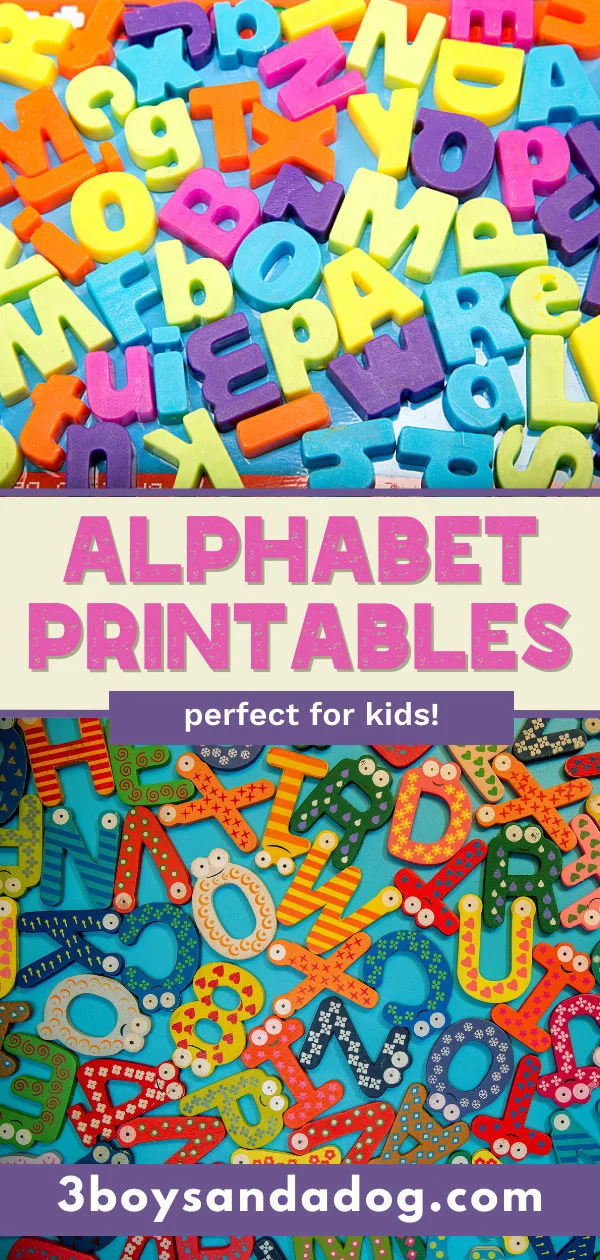
Letter T
Kids should start by familiarizing themselves with the letter’s shape, practice its sound, and then begin forming it as three lines: one vertical line followed by two horizontal lines drawn from top to bottom.
This simple exercise can help kids develop good handwriting habits for other letters and words alike.
As they keep practicing, kids should be encouraged to focus on the precise placement of the strokes so the letter looks tidy and readable.
Letter U
To effectively write the letter U, it’s important for kids to properly form the unique shapes of this letter by using lines and curves.
Providing examples of printed practice worksheets showing how the letter should look when constructed correctly can be helpful.
Additionally, it’s important to ensure that their letters are size-appropriate for other letters; if U is too small or too large, the overall structure of the word will appear incorrect.
Kids should also be taught what sounds U makes when used within words so they can begin connecting sound patterns with characters and increase their fluency in reading.
Letter V
Teaching children the letter V can be a fun and rewarding experience. The first thing that kids should learn when writing the letter V is the correct form and shape.
Show them paper examples of how a V should look, emphasizing that the two lines are of equal length, which creates an angle in between.
Then, have them practice forming the letter V with their pencil or pen, encouraging them to start at the top line and draw downward for each side.
Additionally, allow your child to trace a few pre-made Vs on paper to help develop muscle memory.
Move on from there to help kids recognize words that begin with the letter V, such as “van,” “verb,” and “value.”
Letter W
The capital letter W can be especially tricky because of the double vertical lines and the two horizontal lines intersecting them.
While teaching the uniqueness of the letter W, it is also important to inform young minds about how it is used in words and vowel sounds to form even more complex words.
Furthermore, when learning about writing the letter W, it’s important to emphasize its proper strokes, including straight-up strokes followed by a semicircle arc that connects with a diagonal line at the bottom.
Letter X
Writing the letter X can be surprisingly tricky for kids – it may look simple, but a few points can help them master it.
Teaching kids to understand the vertical component of X will help them write it successfully, as this motion is quite different from other letters.
Also, teaching kids to start from the topmost corner and travel down and then up again before moving to the lower corner is another useful tip when writing an X.
Letter Y
Learning to write the letter Y can be a great (and fun) way for kids to understand more about the English language.
Children need to understand how this letter works in various contexts as one of the few letters that can make so many different sounds (a, e, i, o, and u).
Proper letter formation is also key when teaching kids how to use ‘y’; typically, they should start at the top straight line and bring their pencil or pen in a downward slash to create the curved middle section before adding a small loop at the end.
Letter Z
Writing the letter “Z” is a fun way to enhance pre-writing skills in young children. Kids should learn the different ways to write the letter “Z,” such as upper and lower case, cursive, and its correct orientation on the page.
Parents and educators must provide creative activities for kids to practice writing the letter “Z.”
This could include tracing shapes like zigzags or mazes that help them get familiar with the motions of forming the letter.
Additionally, word games that use words that start with “Z” can help kids develop reading comprehension while still having fun.

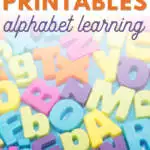


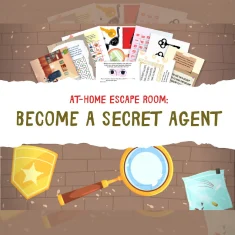




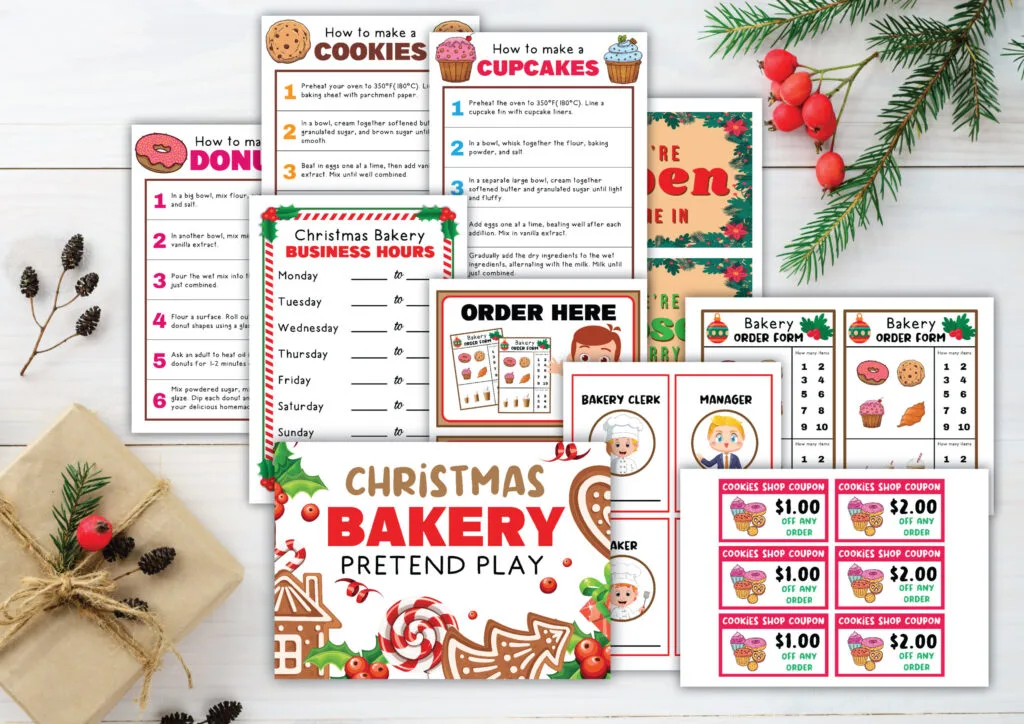

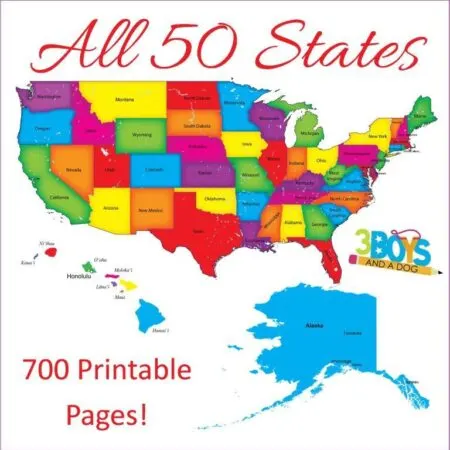
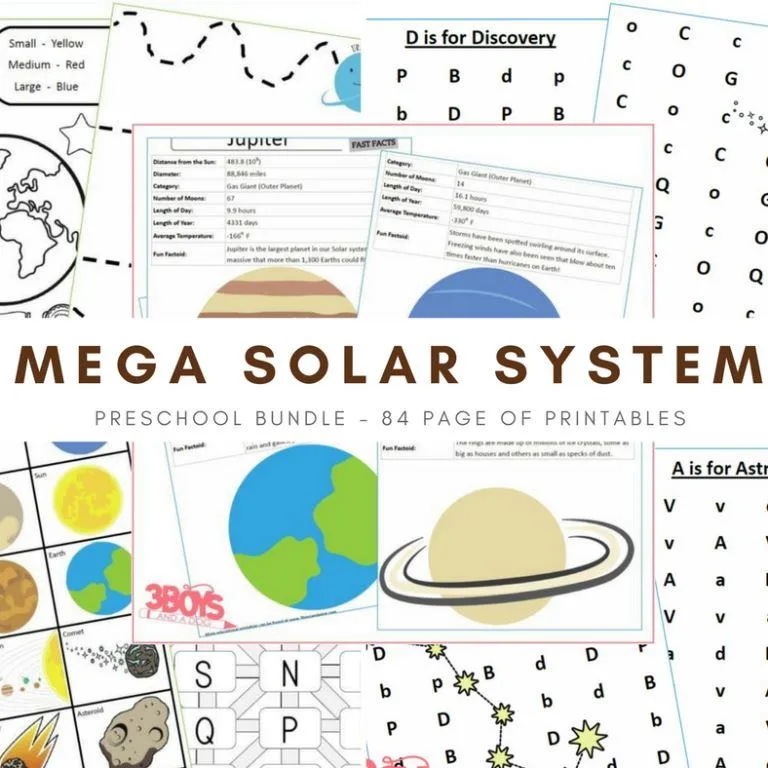









Free Printable Letter A Scavenger Hunt - My Bored Toddler
Sunday 24th of September 2023
[…] For older children you may like to try these find the letter worksheets. […]
Kathryn
Wednesday 16th of August 2023
Hello, I use the all the print outs for my parent/child early literacy skill building workshops. everything I receive from this site is utilized for early Literacy skill building workshops for families with children ages 0-5. For home interactive sessions I create packets of exercises the family can enjoy. Thank you for all your skill building creations.
Kelli Miller
Tuesday 19th of September 2023
Hi there! Thank you so much for your kind words and for using the print outs from my website for your parent/child early literacy skill building workshops. I'm thrilled to hear that you find them valuable and that they are being utilized in such a meaningful way. It's wonderful that you create packets of exercises for families to enjoy during home interactive sessions. Early literacy is so important, and it's amazing to see how you're actively promoting it within your community. Thank you for all the fantastic work you do, and I'm honored to be a part of your skill building creations. Keep up the great work!
Alphabet Do a Dot Printables for Preschoolers
Thursday 22nd of September 2022
[…] Find the Letter Worksheets […]
Printable Letter A Book
Friday 12th of August 2022
[…] Find the Letter Worksheets […]